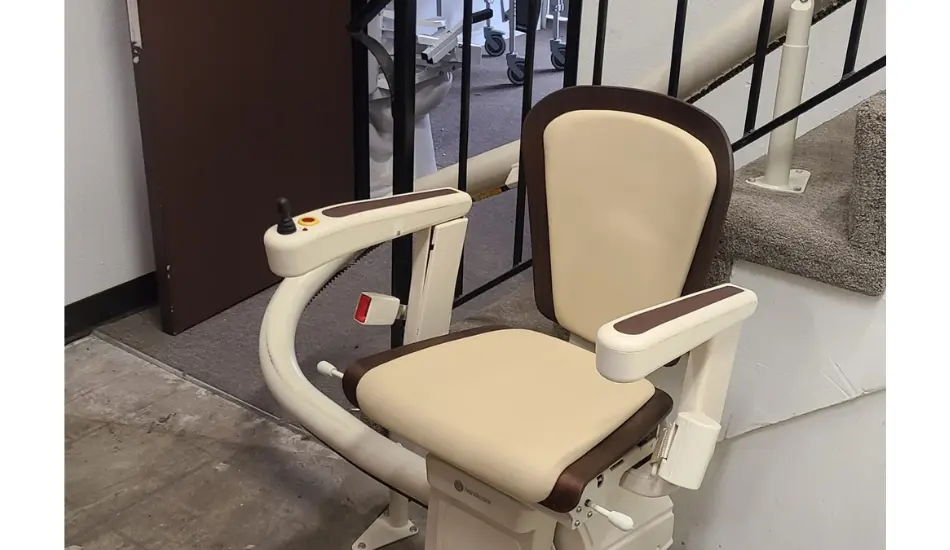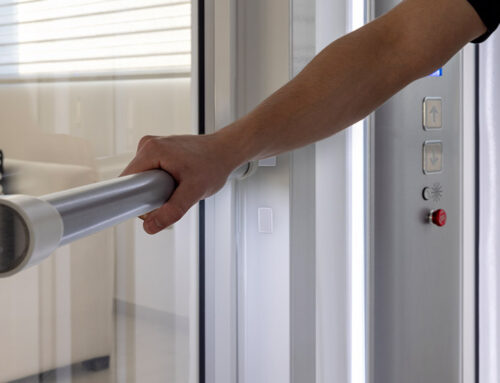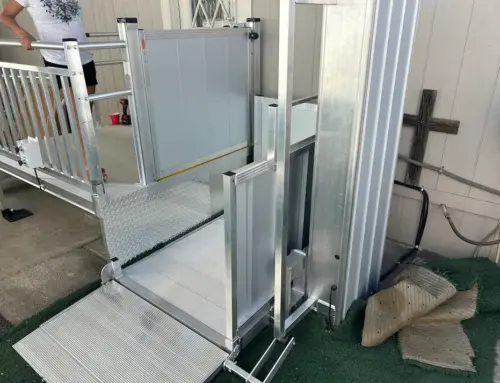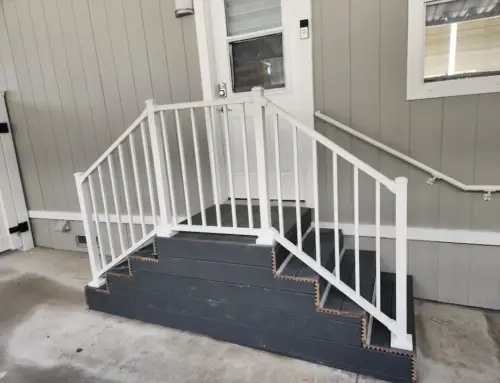Are you facing challenges due to physical disabilities or aging? Daily activities can become challenging, impacting your independence. That’s where assistive technology devices for physical disabilities and the elderly come in. These incredible tools are designed to address these struggles. They provide innovative solutions that enhance mobility, accessibility, and overall quality of life.
In this article, we’ll explore seven essential assistive devices that aid individuals with physical disabilities and the elderly. You will gain insight into how they can empower individuals while helping them overcome daily obstacles.
What are Assistive Technologies?
Assistive technologies are tools that assist people with disabilities. These devices make tasks easier and increase independence. They include products like mobility aids, communication devices, and screen readers.
Choosing the right assistive technology is crucial for individuals with physical disabilities. This choice helps to enhance accessibility in their daily lives. Assistive technologies can be life-changing. They enable users to perform activities they couldn’t do before independently.
Such technologies can be diverse, from specialized handles for utensils to smart home assistants like Google Home. These innovations cater specifically to people with limited mobility or sensory impairments. Moreover, there are advancements such as automatic page turners and voice recognition systems. With these advancements, access to education and employment has expanded significantly for those facing physical challenges.
Importance of Assistive Technology
Assistive technology plays a crucial role in sweetening the lives of individuals with disabilities. These devices and tools are designed to support their health, increase independence, and improve overall functionality.
“Disability” can include various limitations, such as
- Limitations on activities
- Impairments
- Limits on participation
And assistive technology aims to minimize these limitations while maximizing full engagement in various life pursuits. Such technology involves devices improving bodily structure or function, like prosthetic legs or cochlear implants. It also includes those aiding activity performance, such as voice entry systems or stair-climbing wheelchairs. Changes to the environment that make it easier to get in, like automatic door openers, also fall into this category.
Importantly, an individual’s expression of disability can evolve based on their environment. However, by using properly tailored assistive technology services, one could reduce such expressions considerably.
These adaptations even extend to environmental control units, supporting home modifications to facilitate
- Personal care
- Facilitate mobility
- Ensure comfortable seating
Additionally, they encompass workplace and school accommodations aimed at creating inclusivity for all.
The primary goal of assistive technologies is to enable disabled individuals to participate in major life activities. These technologies also aim to let disabled people perform tasks that may be challenging or impossible without assistance. They empower people with disabilities by providing
- Increased levels of independent action
- Reducing time spent on daily activities
- Offering more choices
- Promoting satisfaction in participation
7 Examples of Assistive Technology Devices for Physical Disabilities
Now, let’s explore some examples of assistive devices for physical disabilities. Individuals will feel more in control and independent in many areas of their lives with these inventive tools.
-
Access Ramps
Access ramps provide a safe and convenient way to enter and exit buildings. They are specially constructed sections of pavement or verge. They ensure greater accessibility for those using wheelchairs or other mobility aids.
When choosing access ramps, there are several factors to consider. Length is important, as it should accommodate the specific rise height of the location. Different styles, like modular systems or portable and folding solutions, offer flexibility based on individual needs. Material and texture options, such as durable aluminum with solid or mesh surfaces, prioritize both style and safety requirements.
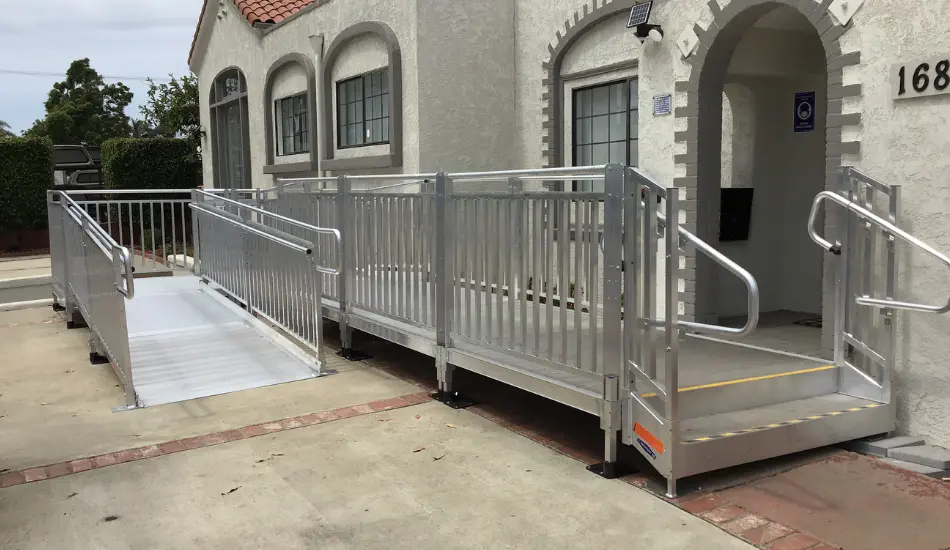
Residential wheelchair ramp installations by experts provide numerous benefits. Such benefits include enhanced safety that meets all necessary accessibility standards. The easy access provided allows individuals to navigate steep inclines smoothly. At the same time, they can enjoy improved quality of life through increased independence in their own homes.
Quick installations ensure minimal disruption, paired with affordable cost structures. These features make these ramp services reasonable compared to others available on the market today.
-
Voice Recognition Software
Voice recognition software is a remarkable assistive technology tool. It allows individuals with physical disabilities to control their electronic devices using voice commands. Such commands eliminate the need for manual input. Hence, this software is particularly beneficial for those with conditions like muscular dystrophy or spinal cord injuries.
The advantages of utilizing voice recognition software are significant. It provides independence and accessibility by enabling users to navigate and operate various digital platforms solely through vocal instructions. Additionally, this technology reduces reliance on traditional input devices such as keyboards or mice. Hence, it allows individuals with limited mobility an alternative method of communication and device interaction.
Before picking voice recognition software, think about the following:
- Compatibility with different operating systems,
- Accuracy in recognizing speech patterns
- The availability of customizable settings to meet individual needs
-
Stair Lifts
A stair lift is a machine that helps people, usually disabled people, go up and down stairs. For stairs that are wide enough, a rail is attached to the treads. The rail holds a chair or a lifting platform. When someone gets on the chair or platform, the chair moves along the rail and pulls them up or down the stairs.
Stair lifts provide easy and safe access to different floors of the home. They ensure independence, reducing the risk of falls or accidents on stairs.
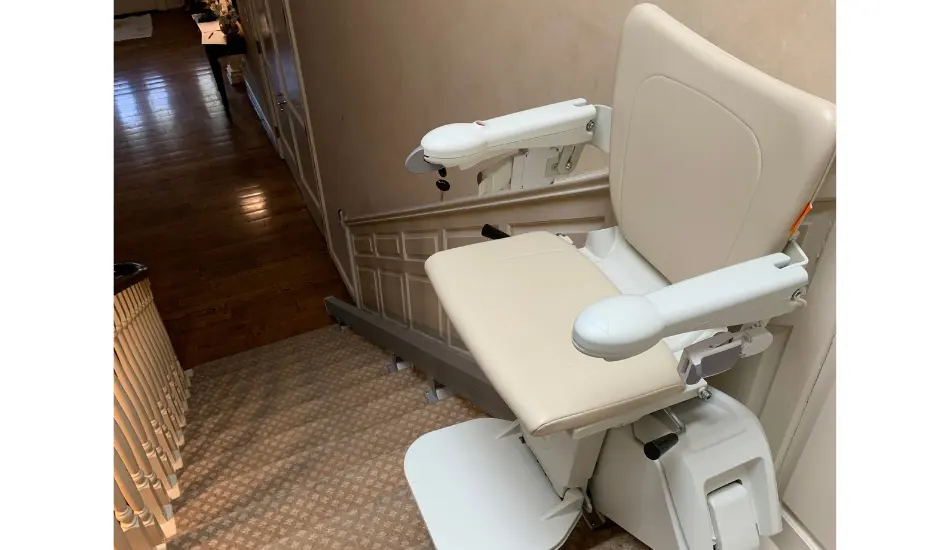
One of the key benefits of stair lifts is their ability to fit seamlessly into any design scheme while being fully customizable. They come equipped with innovative features, such as
- Seat swiveling
- Sturdy footrests
- Adjustable armrests
- User-friendly controls
However, you need to make some considerations when choosing a stair lift, including
- Determining compatibility with your specific staircase design, such as curved or straight configurations
- Considering weight capacity requirements
The installation process should be done by professionals who ensure all safety standards are met. The reliability of maintenance support provided to meet user specific needs also has significance in making this important choice.
-
Wheelchairs
Wheelchairs are a vital assistive technology device for individuals with mobility impairments. Wheelchairs are mobile chairs with two or more wheels, a footrest, and an armrest. When illness, injury, disability, or age make walking difficult or impossible, they are used.
Wheelchairs provide individuals with the liberty to move independently and safely. There are a wide variety of wheelchairs available to cater to different needs and preferences.
Manual wheelchairs, power wheelchairs, and hybrid wheelchairs are among the options available. They offer customizable features, such as
- Adjustable seating positions
- Tilting or reclining seats
- Customized armrests and footrests
These modifications allow individuals to find their optimal comfort levels. At the same time, they facilitate easy movement in various environments.
When choosing a wheelchair, the user’s specific requirements should be considered, such as
- Body support needs
- Mobility limitations
- Lifestyle demands
One should also consider weight limits, portability, and folding features to make transportation easier when choosing a model. Durability and reliability, along with the availability of maintenance services, are also important criteria. They will ensure long-term use and peace of mind, knowing the equipment is up-to-date and serviced by professionals.
-
Bathroom Transfer Chair
Bathroom transfer chairs become critical during personal hygiene activities. These essential aids provide secure support while transitioning into and out of bathtubs. They minimize the risk of falls or slips.
The features available in bathroom transfer chairs include
- Handles to aid entry and exit
- Non-slip feet for stability on wet surfaces
- Adjustable legs to accommodate various heights
- Ergonomic designs providing comfort even amid limited mobility capacity
These tools are crucial for preventing accidents and simplifying patient and caregiver transfers. Health professionals advocate for their use. That’s because they prevent the need for costly modifications or relocations to more accessible housing. They reduce injuries from unexpected at-home mishaps and boost confidence and reassurance for all users who need them.
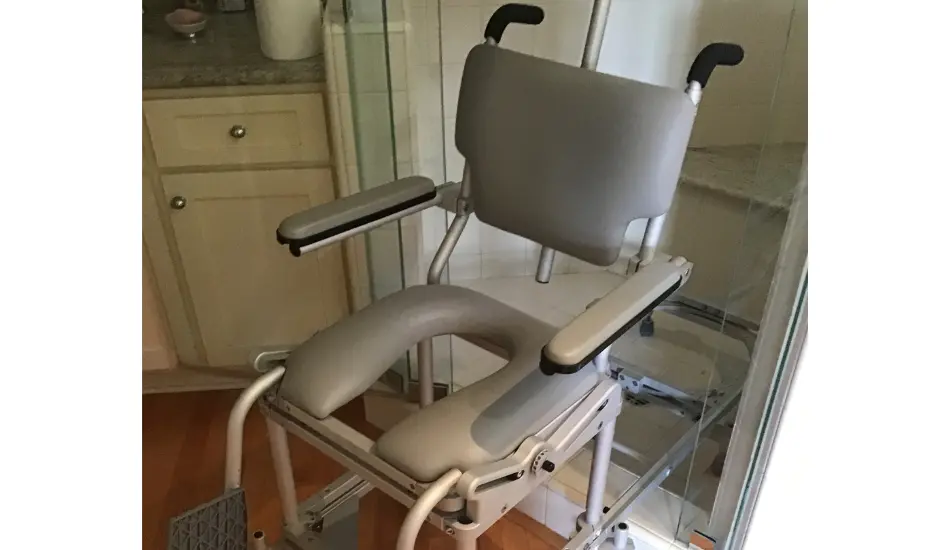
When selecting a bathroom transfer chair, it is imperative that one consider factors such as
- Safety measures like non-slip surfacing
- Easy installation process
- Durability
- Weight limits
-
Shower Chairs
Shower chairs provide stability and support for individuals dealing with mobility challenges while bathing. These chairs enhance safety, allowing users to maintain independence during daily hygiene routines.
Shower chairs improve comfort and reduce muscle and joint strain, especially for elderly or disabled people. The sturdy design ensures added stability in wet conditions, reducing the risk of slips or falls. Besides, the presence of strategically placed grab bars within the chair design further empowers users by increasing security even more.
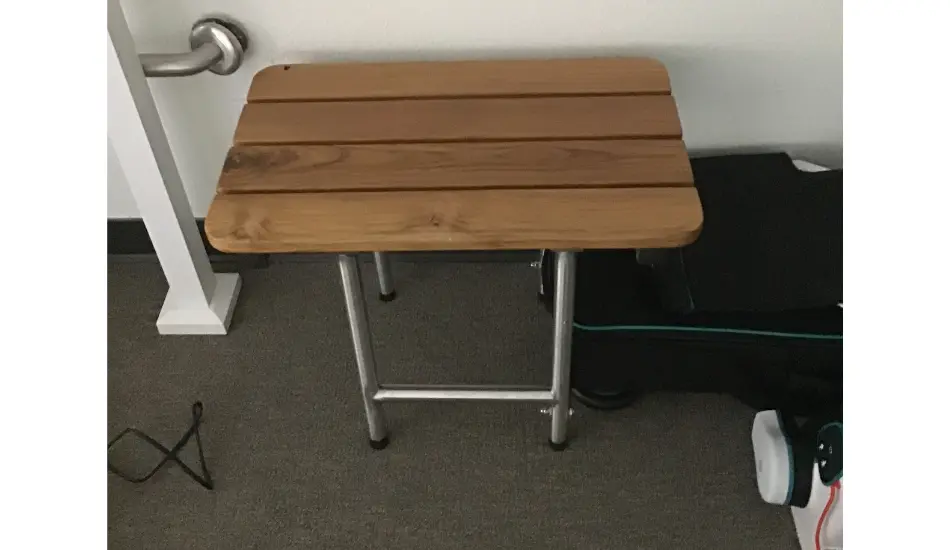
Considering easy-to-clean materials, optimal seated positions, and folding or adjustable styles makes choosing a model easier and expands options. Even customized shower options are important, as innovative proctors make upkeep easier.
Well-designed grab handles that require less energy make these chairs easy to use. But they also allow for flexible usage, no matter how limited a person’s mobility may be.
-
Handrails
Handrails are a simple yet essential addition to any home. These are rails that are meant to be grabbed for safety or support. They provide support, especially when going up or down stairs or on surfaces that are wet. These safety features not only promote confidence but also significantly reduce the risk of slips and falls.
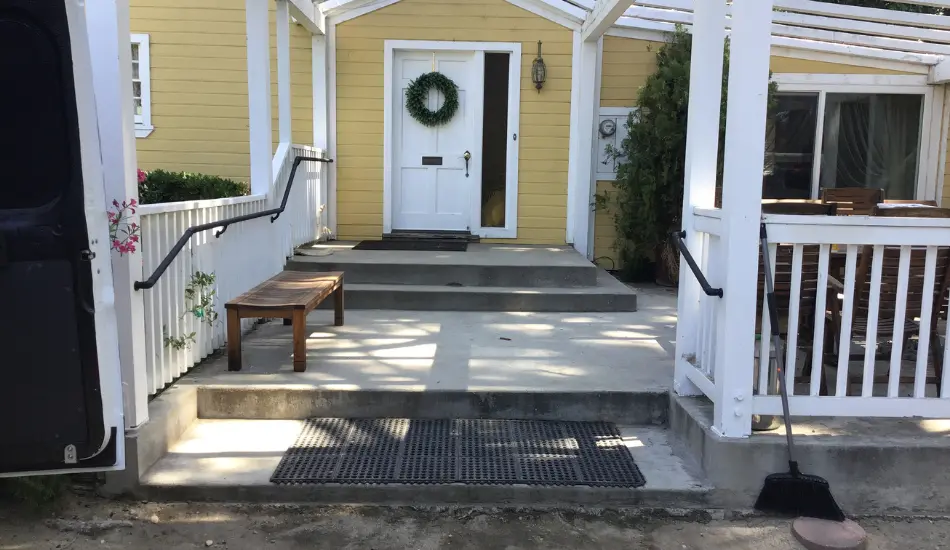
When choosing handrails, it’s vital to consider factors such as
- Durability against environmental elements
- The texture offering improved traction
- Customization options matching individual preferences
The textured finish on handrails that are designed to keep people from falling adds an extra layer of safety. Multiple compliance levels make sure that quality standards are met quickly and easily, making installation go smoothly.
Conclusion
It is clear that assistive technology devices play a vital role in enhancing the lives of individuals with physical disabilities and the elderly. These innovative tools promote independence, safety, and an improved quality of life. We encourage you to explore these devices and seek solutions that best suit your unique needs.
At Call Before You Fall, we provide high-quality assistive technology products for mobility-impaired people. Our range offers essential support while promoting greater independence. Explore our catalog today and discover how our products can make a positive difference in your daily life.

